The Ticwatch E3 and the Ticwatch Pro 3 offer similar functionality and are great smartwatches.
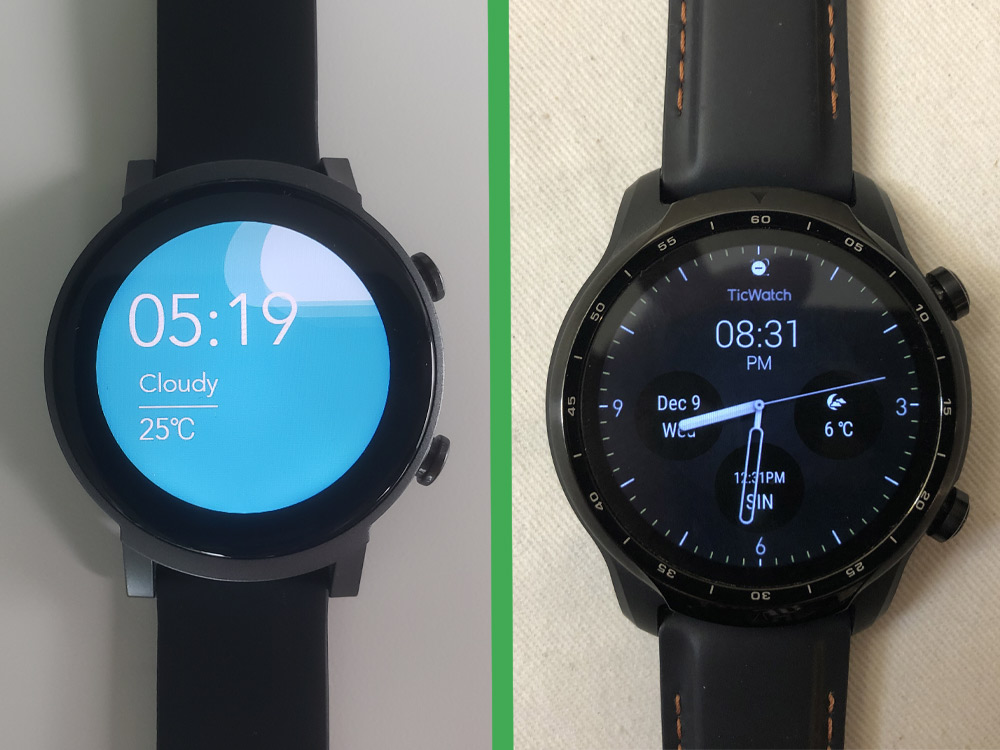
You pay for what you get for!
But an important concept in economics is the idea of diminishing returns.
In the case of a smartwatch, every additional dollar you spend on a smartwatch, you get fewer additional features.
Yikes!
But such is the case in the comparison between the Ticwatch E3 and Ticwatch Pro 3.
The most important difference
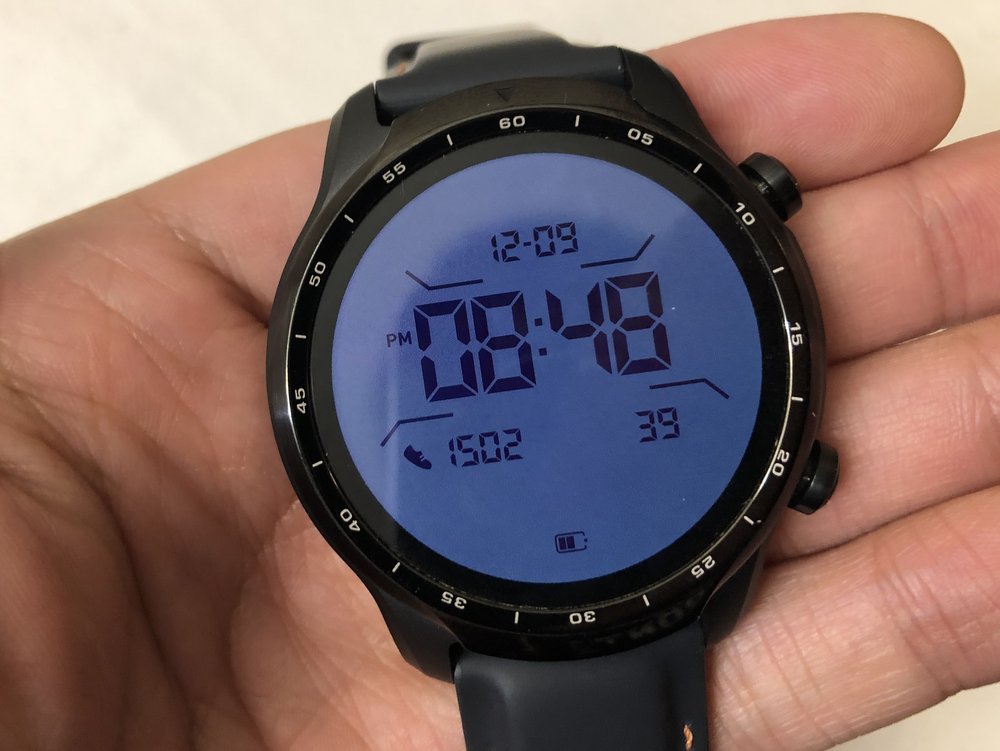
Mobvoi, the manufacturers of the Ticwatch series of smartwatches, have always included a dual-layer screen on all its flagship smartwatches.
My first encounter of it was in the (bad) old Ticwatch Pro.
It was quite an impressive feat and it promised battery savings. It was also very visible in bright sunlight when most backlit LED screens would have a hard time bumping up their brightness to counteract the sun.
You might already have a hint as to what the difference between the two smartwatches is.
The Ticwatch Pro 3 being a flagship smartwatch has the dual layer screen.
It’s a LCD screen overlaid on an LED screen. In other words, a monochrome screen overlaid on a full colour screen.
The former is lit by ambient light while the latter is lit by a backlight.
Whereas the Ticwatch E3 is a more traditional smartwatch with only one full colour, backlit LED screen.
So, what’s the difference?
Let’s start with battery life.
Smartphones get their battery drained faster when they’re used in the sun a lot.
That’s because the phone has to crank up the brightness.
It’s the same logic with both the Ticwatch E3 and the Ticwatch Pro 3.
The Ticwatch Pro 3 can LAST. It’s like a hybrid vehicle which has options to increase efficiency.
When you’re just wearing the watch without needing any special functionality, you can see your step count, time and date on the LCD screen.
The dual layer screen is also able to display some sports data if you use Mobvoi’s exercise and workotu tracking program, TicExercise.
This gives the Ticwatch Pro 3 a very impressive battey life of three to four days, even when worn 24 hours a day (for sleep tracking).
On the other hand, the Ticwatch E3 gets very typical smartwatch battery life… two days at max.
It really means that you’re charging daily unless you want to risk having the watch go into Essential Mode on the second day.
Essential Mode? What?
Basically, Essential Mode is Mobvoi’s way of terming their power saving mode.
At the end of the day, it’s something that almost all smartwatches have.
On the Ticwatch Pro 3, that means you’ll only use the LCD screen for that sweet, sweet battery saving.
The LCD screen stays on all the time, so you’ll never need to jerk your wrist in order to activate the screen.
On the other hand, the Ticwatch E3 uses the LCD screen that it has. Always on screen will be turned off so you’d have to press a button or jerk your wrist in order to activate the screen.
At the end of the day, they display the same data: steps, time, date, but the screen they use makes a difference in their lifespan.
Not much difference in functionality
OK, so I have pretty much covered the main difference between the two smartwatches.
Logically, you can conclude that there’s really not much difference between the two in terms of functionality.
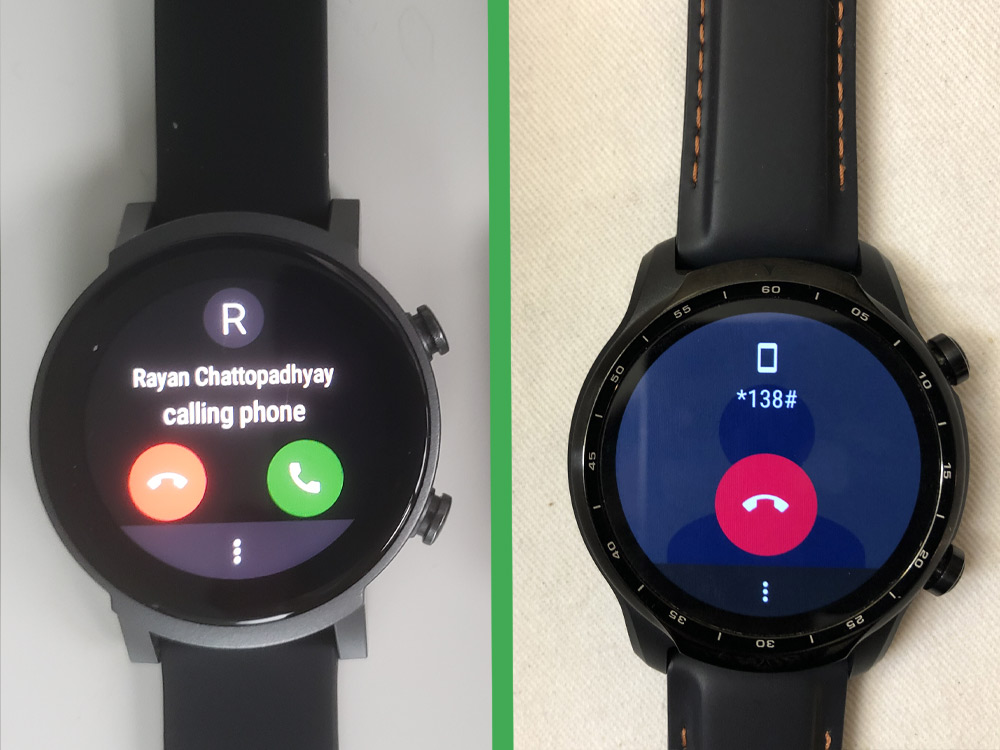
Calls
A big separator between entry level smartwatches and premium smartwatches is their ability to make and answer calls.
Now, just to be clear, you can’t use your smartwatch to replace your smartphone because it’ll rely on the smartphone to make the call.
Few smartwatches have a phone antenna. Both of my Ticwatches do not.
However, when a call comes in, you’ll be able to answer and talk on the Ticwatch E3 and Ticwatch Pro 3.
Sound quality is OK on both ends. You’ll understand what the other party is saying. They’ll understand what you’re saying.
But it isn’t an alternative to using a real phone or earphones.
You can also make outbound phone calls. I don’t do that because I’d prefer to use my phone.
Ultimately, this feature is good for the convenience it brings. I found it particularly useful when doing sports, when my phone would be too inconvenient to pull out.
Messages, email

Both smartwatches have the ability to receive and reply to texts and emails.
When a notification arrives on your smartphone, it gets forwarded to your smartwatch.
You can then decide if you want to reply.
The great thing about Google’s Wear OS platform is that you have a lot of choices in creating your reply.
You can use an on-screen keyboard, you can send a quick reply or you can use the speech to text transcription system to create your reply.
I almost never use anything else but the speech to text system.
Luckily, the speech to text system is mostly reliable. Google understands you most of the time and that’s great. You get good automatic punctuation and word choice is based on context.
It’s not foolproof, though. Sometimes it fails to generate the right word and that breaks the whole sentence. That’s when you’ll have to pull out your phone.
Workout, sports
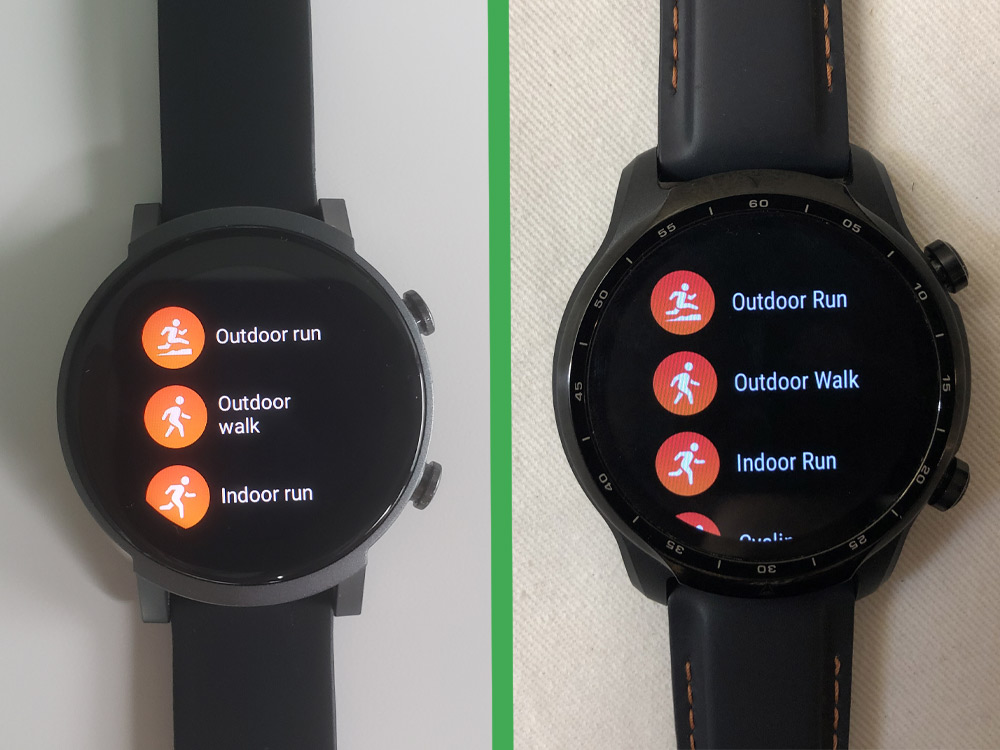
Both smartwatches can be used in water.
Both smartwatches also have an internal GPS. This is pretty useful.
Both smartwatches can also track a slew of sports.
Now, with the Ticwatch Pro 3, in order to use the dual layer screen to display your sports data (distance, heart rate, etc), you’d have to use the TicExercise app.
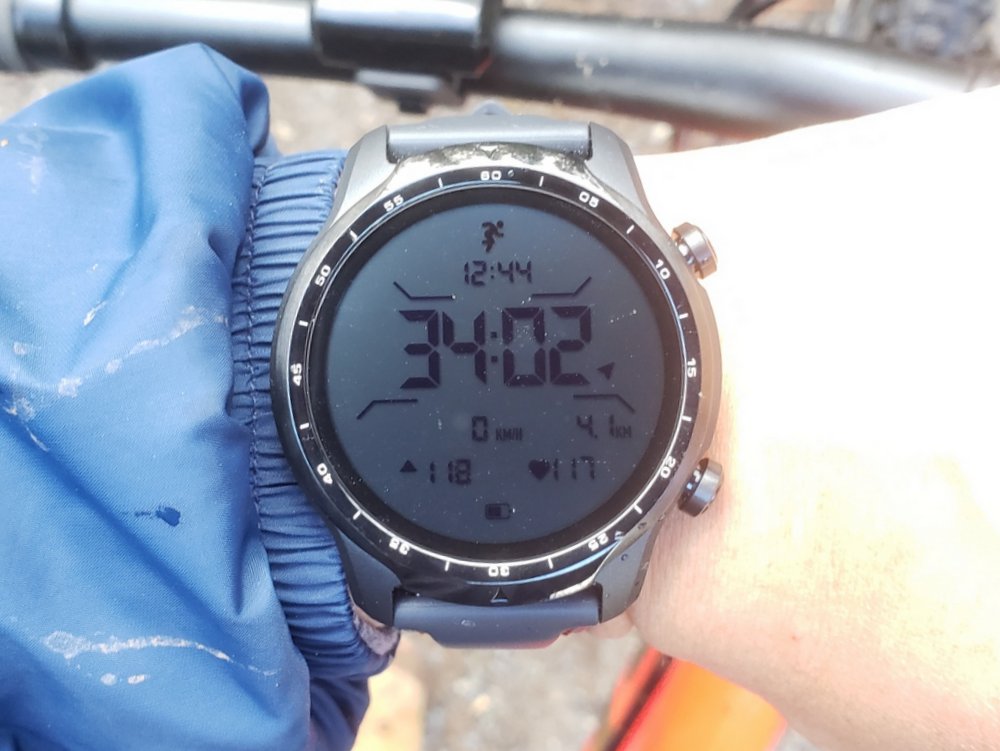
It really helps save battery life when you use the dual layer screen.
On the Ticwatch E3, you also have access to the TicExercise, but the benefits of using that app isn’t as obvious.
The thing is, since both smartwatches are built on the Wear OS platform, you’d always have access to the Google Fit suite of workout tracking apps.
Google Fit’s benefit is that it has a lot of workouts you can choose from. Though, to be fair, there’s not much difference between some options in terms of the information you get.
Because TicExercise has fewer options, I sometimes find myself “bicycling” or “walking” on water when I do watersports.
But otherwise, both Google Fit and TicExercise are fine when exercising.
Wellness apps
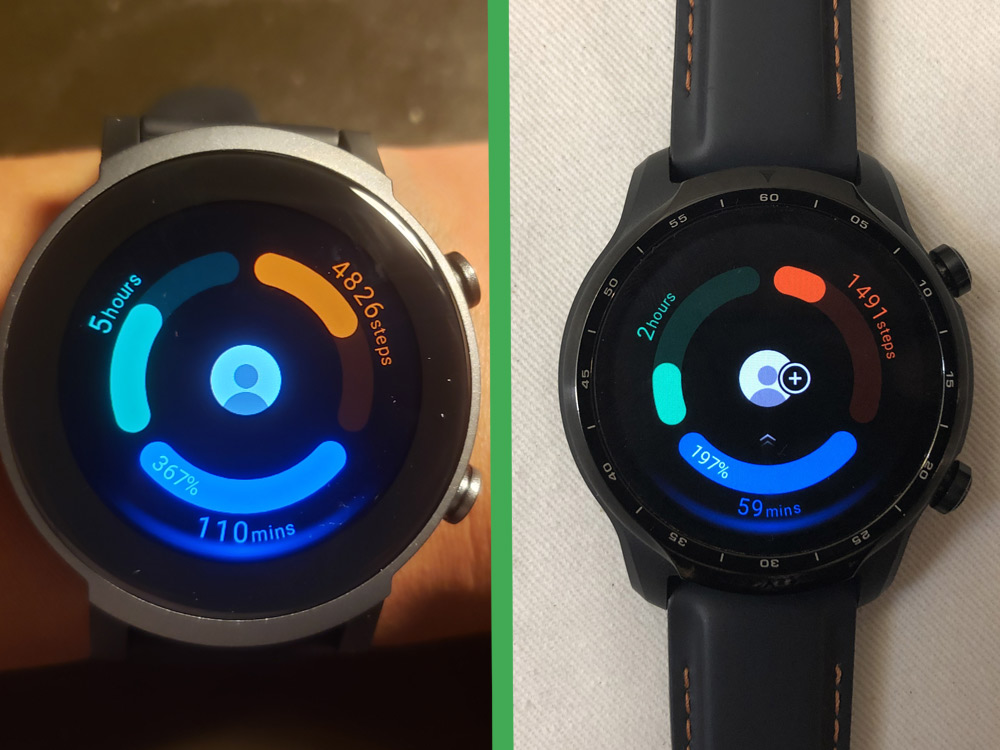
Modern smartwatches have a bunch of interesting health and wellness apps and the Ticwatches are at the forefront of it all.
Both Ticwatches can track your blood oxygen saturation.
You’ll know because if you flip the smartwatch around, you’ll find that the LED array shoots out red beams.
That’s meant to track your SpO2 (blood oxygen level).
Then there’s also stress tracking. If you want to know if you’re stressed or not, you can use this app and then you can fix it with the TicBreathe breathing timer.

There’s also TicHearing which tells you about how loud your environment is. It’s pretty good as a way to protect your hearing.
But here’s my chief complaint with the stress and hearing app: the fact that they are not passive trackers.
Both apps need to be activated in order for your to get a reading.
It gets especially annoying with the TicZen stress tracking app.
It just takes so long to get a reading and you have to stay still all the time. I usually just give up.
Stress is passively tracked on my Garmin Fenix 6 and noise levels are passively tracked on the Apple Watch Series 6, so I believe it can be better implemented.
Verdict

There really isn’t much difference between the two smartwatches, especially on the software end of things.
On the hardware side of things, I’d say the biggest difference is the dual layer screen on the Ticwatch Pro 3.
There are also small design differences. The Ticwatch Pro 3 looks more “solid” and professional, but I’d say the Ticwatch E3 isn’t far off. Certainly, the difference isn’t as stark as the Ticwatch E2 and the original Ticwatch Pro.
You’d be happy with both smartwatches, so I recommend both.




